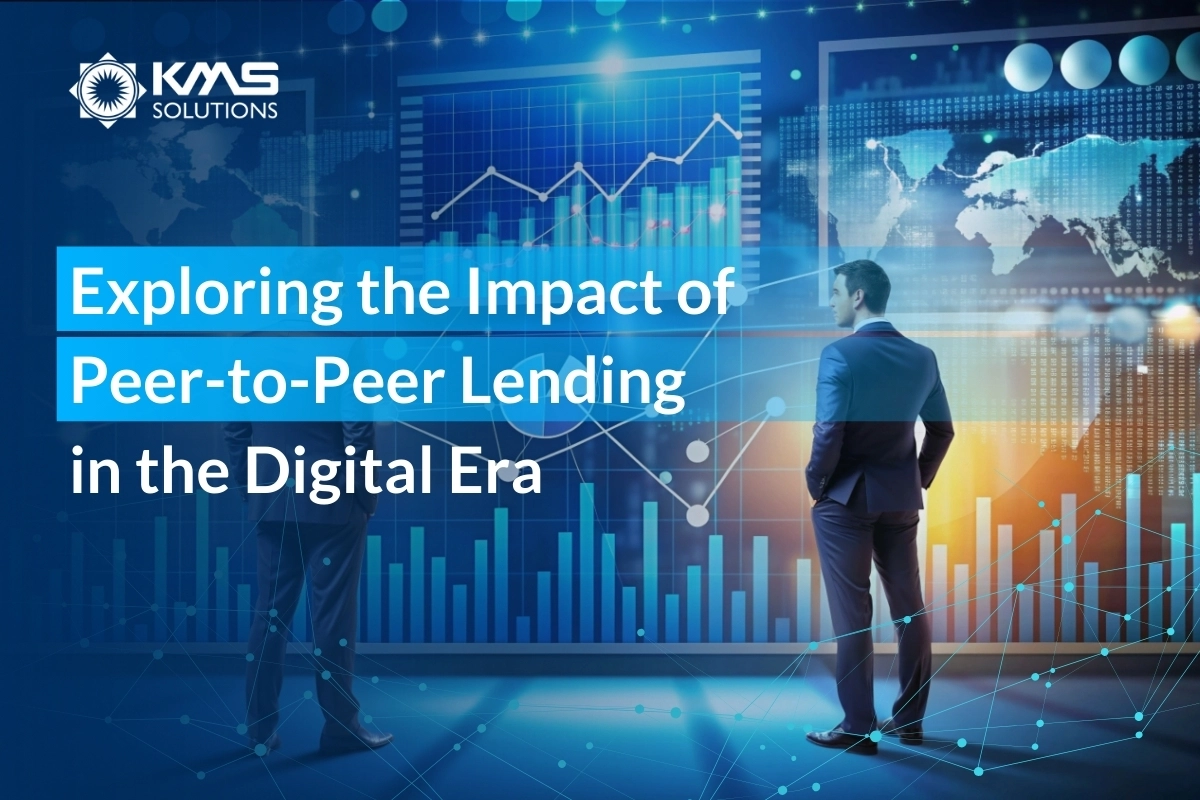In recent years, traditional lending and investment models have seen major shifts with the rise of peer-to-peer (P2P) lending platforms. This process has transformed the financial landscape by connecting borrowers directly with individual investors, bypassing the conventional financial institutions that have long dominated the lending market.
This emerging lending approach has not only democratized access to credit but also redefined the way people invest. In this exploration, we dive into the rise of P2P lending, its impact on the global financial landscape, and how it has reshaped borrowing and investing in the modern world.
1. What is Peer-to-Peer Lending?

1.1 Origins of P2P Lending
P2P lending began in the early 2000s as a groundbreaking alternative to the limitations of traditional banking systems. The model sought to connect borrowers directly with individual lenders, bypassing the often cumbersome and restrictive protocols of banks. This decentralized approach quickly gained momentum, particularly after the 2008 financial crisis, as consumers sought more flexible and accessible financial solutions.
The global peer-to-peer (P2P) lending market has witnessed remarkable growth in recent years. Valued at approximately USD 161.25 billion in 2023, it is projected to expand at a compound annual growth rate (CAGR) of 27.6% through 2029. The popularity of P2P lending is largely due to its efficiency, accessibility, and streamlined processes. It is especially favored by small and medium-sized enterprises (SMEs) and individual borrowers who might struggle to secure loans through traditional banking channels.
As the market continues to mature, addressing these risks through improved regulatory clarity and risk management strategies will be essential for maintaining trust and ensuring the stability of the ecosystem for both lenders and borrowers. The future of P2P lending appears promising as it continues to reshape the financial landscape by providing more inclusive and flexible lending solutions.
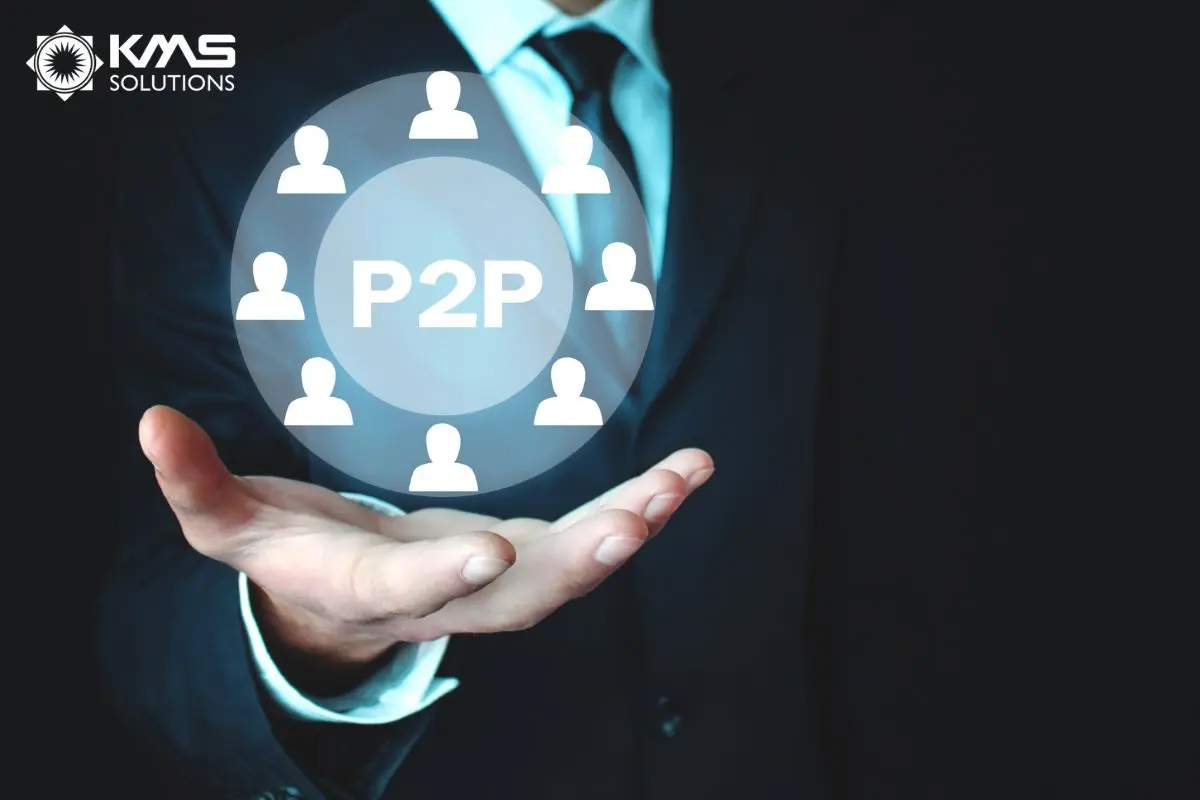
1.2 Key Players in the P2P Lending in the Asian Pacific Market
Peer-to-peer (P2P) lending is gaining significant traction across the Asia-Pacific (APAC) region, particularly in countries like Malaysia, Singapore, Australia, and New Zealand. As financial services in these areas undergo rapid digital transformation, P2P lending is becoming a viable alternative to traditional banking models, offering more accessible financing options for individuals and small businesses. The ability to bypass traditional financial intermediaries, while providing competitive interest rates for borrowers and attractive returns for lenders, is driving the growth of this sector.
Singapore stands out as a leading fintech hub, attracting numerous P2P lending platforms. Local and international platforms alike are leveraging Singapore’s robust regulatory framework and tech-savvy population to expand their services. Platforms like Funding Societies and MoolahSense are leading the market, offering tailored financial products such as SME loans, personal loans, and invoice financing.
Similarly, in Malaysia, the P2P lending market is seeing a rise in platforms like Fundaztic and B2B FinPal, catering to the growing demand for alternative financing from small and medium-sized enterprises (SMEs). Malaysia’s regulatory environment, backed by the Securities Commission, has also fostered innovation in this space, ensuring that platforms operate with transparency and security.
Australia’s P2P lending market is evolving quickly, with platforms like SocietyOne, Plenti, and Harmoney gaining ground. These platforms provide a wide range of loan products, from personal loans to green financing, with the added benefit of lower interest rates compared to traditional banks. The strong growth of P2P lending in Australia is fueled by increasing consumer awareness, regulatory backing, and the country’s push towards a more inclusive financial ecosystem.

2. Comparing Peer-to-Peer Lending to Traditional Lending
One of the primary differences between peer-to-peer lending and traditional lending is the absence of a financial intermediary, such as a bank. In traditional lending, banks assess the creditworthiness of borrowers and determine the interest rates and loan terms. On the other hand, P2P lending platforms serve as marketplaces where borrowers and lenders can directly negotiate loan terms. This direct interaction typically leads to more competitive interest rates and flexible loan conditions.
Moreover, P2P lending offers several advantages over conventional lending methods. For borrowers, it provides easier access to credit, especially for those with less-than-perfect credit scores. The streamlined application process and faster approval times are also significant benefits. For lenders, P2P lending offers the opportunity to earn higher returns than traditional savings accounts or bonds. The ability to diversify investments across multiple loans further enhances the appeal of P2P lending.

3. How Does Peer-to-Peer Lending Work?
Peer-to-peer (P2P) lending operates through a streamlined, user-friendly process facilitated by specialized online platforms. Here’s how the general P2P lending process unfolds:
Step 1: Loan Application Submission
A borrower seeking a loan begins by completing an application on a peer-to-peer lending platform. This online form gathers essential information about the borrower’s financial background, loan requirements, and purpose.
Step 2: Creditworthiness and Risk Assessment
Once the application is submitted, the platform evaluates the borrower’s creditworthiness using various financial metrics, such as credit score, income, and repayment history. Based on this analysis, the borrower is assigned a risk rating, which determines the interest rate for the loan.
Step 3: Matching with Investors
After the application is approved and the borrower receives a risk rating, the platform presents the borrower’s profile to potential investors. Investors can review the borrower’s details and decide whether to fund the loan based on the assigned interest rate and risk level.
Step 4: Borrower’s Selection of Investment Offers
The borrower is then presented with multiple loan offers from different investors. The borrower can review the terms and select the offer that best suits their needs in terms of interest rates and repayment conditions.
Step 5: Repayment and Platform Fees
Once the loan is disbursed, the borrower is responsible for making periodic payments, typically every month, which include both interest and the principal amount. Throughout this process, the platform charges fees to both the borrower and the investors for facilitating the transaction and maintaining the platform’s services.
This straightforward process offers borrowers more flexible financing options while allowing investors to diversify their portfolios by lending directly to individuals or businesses.
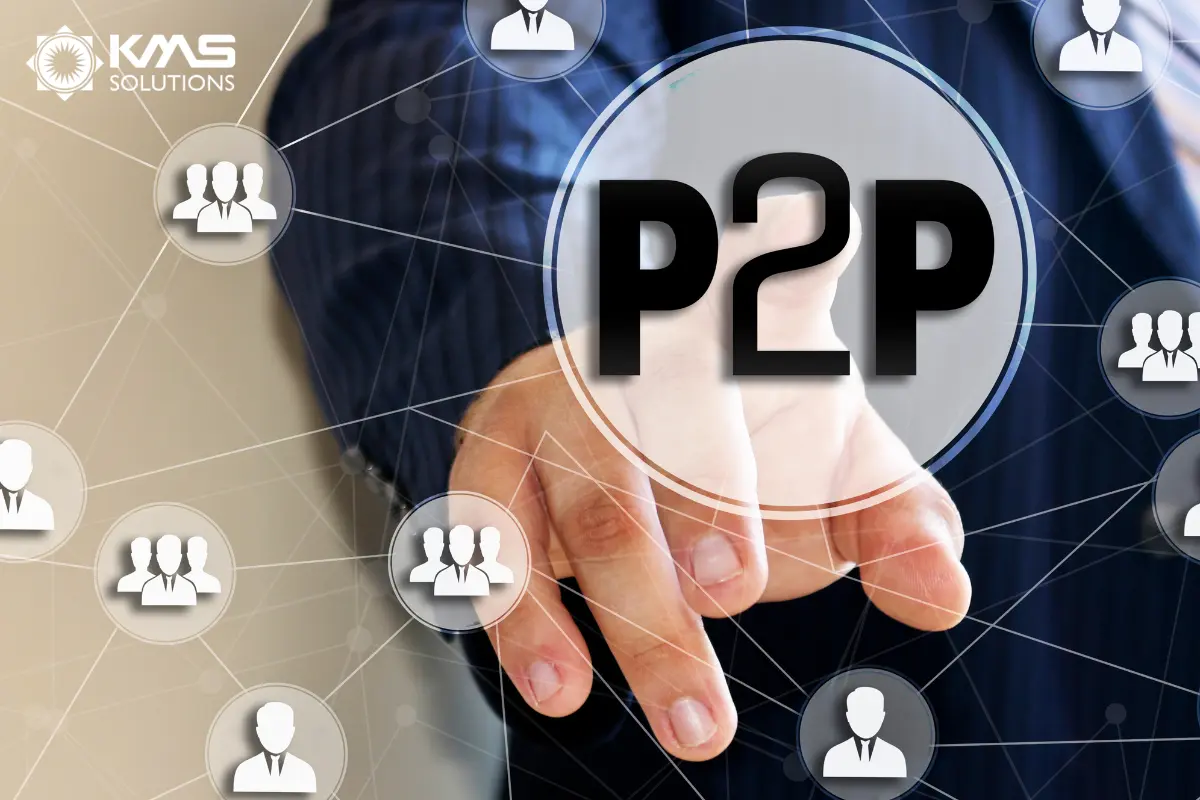
4. Role of Technology in Facilitating P2P Lending
Technology plays a transformative role in the peer-to-peer (P2P) lending landscape, driving its efficiency, scalability, and accuracy. Advanced tools such as data analytics, machine learning, and generative AI are crucial in enhancing the decision-making processes, improving risk assessment, and streamlining operations.
4.1 Data Analytics in P2P Lending
Data analytics is essential in evaluating a borrower’s creditworthiness. P2P lending platforms utilize large datasets, including credit histories, financial transactions, and even unconventional sources like social media, to assess risk. This data-driven approach allows lenders to make informed decisions, set accurate interest rates, and ensure that loans are matched with appropriate investors, ultimately improving the platform’s success rate and reducing defaults.
4.2 Machine Learning for Predictive Analysis
Machine learning (ML) further enhances the capabilities of P2P platforms by providing predictive insights into borrower behavior. These algorithms analyze historical data and borrower attributes to forecast the likelihood of default, helping platforms assess risks with more precision. ML models continuously learn and adapt from past loan performance, which enables the platform to adjust interest rates dynamically and make more reliable lending decisions.
4.3 Generative AI for Advanced Simulations
Generative AI goes beyond data analysis by creating new data models to simulate potential outcomes. In the context of P2P lending, generative AI can build detailed borrower profiles and predict various loan scenarios. Simulating different borrowing conditions, helps lenders customize loan products that meet diverse borrower needs while ensuring loan terms are optimal for both parties.
Together, these technologies enhance the reliability, transparency, and overall performance of peer-to-peer lending platforms, driving the rapid growth and success of the P2P lending model.

5. Benefits of Peer-to-Peer Lending
5.1 For Borrowers
- Competitive interest rate: Peer-to-peer (P2P) lending provides a flexible alternative to traditional banking, often offering more competitive interest rates due to the absence of intermediaries.
- Flexibility: Borrowers benefit from easier access to credit, especially for those with poor credit scores or limited access to traditional financial institutions.
- Easier access to credit: With a simple online application process, borrowers can secure personal loans, debt consolidation, or even business loans faster than through conventional methods.
- Diverse digital loan types: The P2P lending platform provides a wide array of financial needs, making it a more inclusive option.
5.2 For Lenders
- High returns on investment (ROI): For investors, P2P lending presents an appealing opportunity for higher ROI compared to traditional savings accounts or bonds.
- Contingency funds: Many P2P platforms keep emergency funds to protect investors against borrower defaults, by leveraging a degree of protection varies.
- Secondary market for extra liquidity: The P2P lending platform often provides a secondary market in which investors can sell their loan parts if required, providing extra liquidity for unpredicted situations.

6. Peer-to-Peer Lending in the Digital Era
6.1 Impact of Fintech on P2P Lending
The rise of fintech has had a profound impact on the peer-to-peer lending industry. Fintech companies have introduced innovative technologies that have streamlined the lending process, making it more efficient and user-friendly. The use of big data analytics, artificial intelligence, and blockchain technology has enhanced the security, transparency, and accuracy of P2P lending platforms. These advancements have not only improved the user experience but have also increased the trust and credibility of the P2P lending industry.
6.2 How Digital Transformation Has Enhanced P2P Lending
Digital transformation has been crucial in driving the growth of peer-to-peer lending. The widespread adoption of digital technologies has made it easier for borrowers and lenders to connect, transact, and manage their loans. Online platforms and mobile apps have made financial services more accessible, enabling people from diverse backgrounds to engage in the P2P lending market. Furthermore, the use of digital identity verification and e-signatures has simplified the onboarding process, reducing the time and effort required to secure a loan.

7. Risks and Challenges of Peer-to-Peer Lending
7.1 Potential Risks for Lenders
While peer-to-peer lending offers attractive returns, it also comes with certain risks. The primary risk for lenders is the possibility of borrower default. Unlike traditional banks, P2P lending platforms do not have the same level of protection for lenders, such as deposit insurance. As a result, lenders may face the risk of losing their investment if a borrower fails to repay the loan. To mitigate this risk, lenders are encouraged to diversify their investments across multiple loans and carefully assess the creditworthiness of borrowers before lending.
7.2 Regulatory and Compliance Issues
Regulatory and compliance issues are another challenge facing the peer-to-peer lending industry. As P2P lending continues to grow in popularity, regulators are increasingly scrutinizing the industry to ensure that it operates fairly and transparently. In many countries, P2P lending platforms are required to comply with financial regulations, such as anti-money laundering (AML) and know-your-customer (KYC) requirements. These regulations are designed to protect both borrowers and lenders from fraud and other financial crimes. However, navigating the complex regulatory landscape can be challenging for P2P lending platforms, particularly as they expand into new markets.

Leading P2P Lending Platforms in Australia
SocietyOne: The Pioneer
As Australia’s first P2P lender, launched in 2012, SocietyOne has facilitated over $1 billion in loans. They offer:
- Loans up to $50,000 (unsecured) and $70,000 (secured)
- Loan terms of 2-7 years
- Minimum investment amount of $100,000
- Establishment fees ranging from 0% to $595
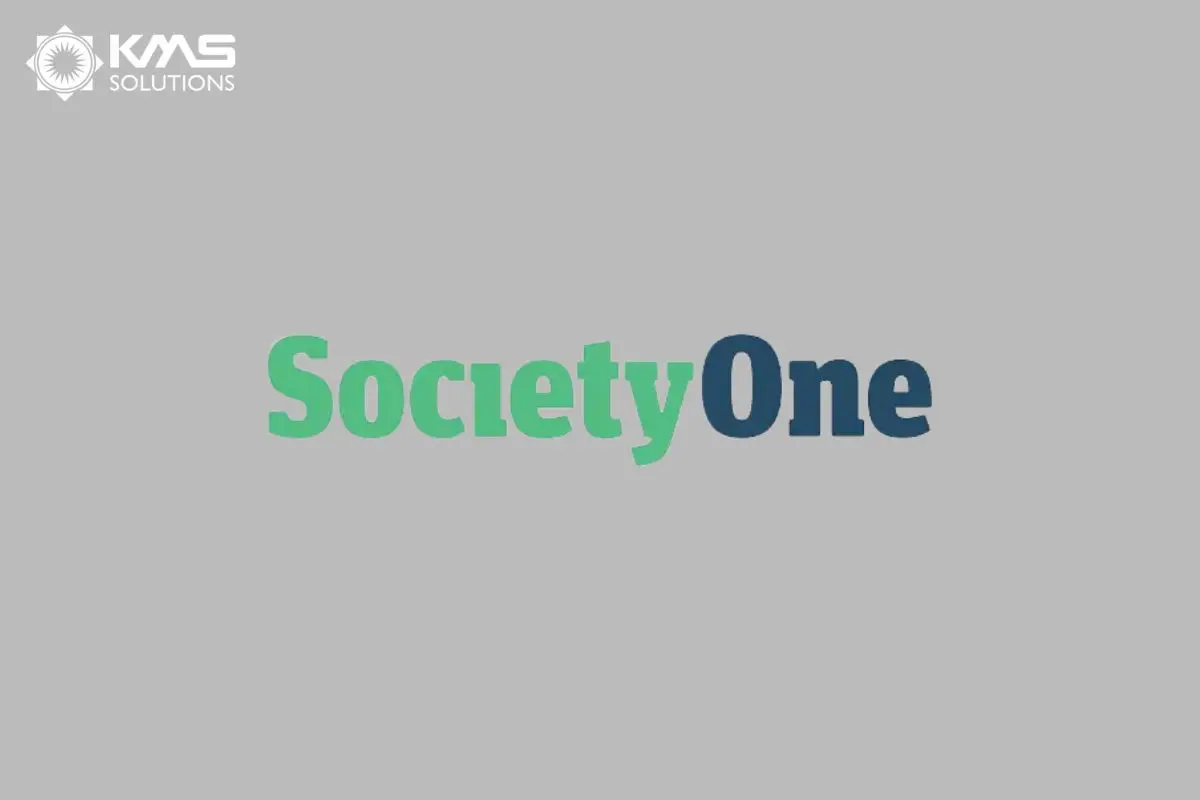
Plenti (formerly RateSetter)
Focusing on accessibility and flexibility, Plenti provides:
- Personal loans up to $50,000
- Flexible terms between 1-7 years
- Various loan purposes including car purchases and home renovations
- Investment options with different timeframes
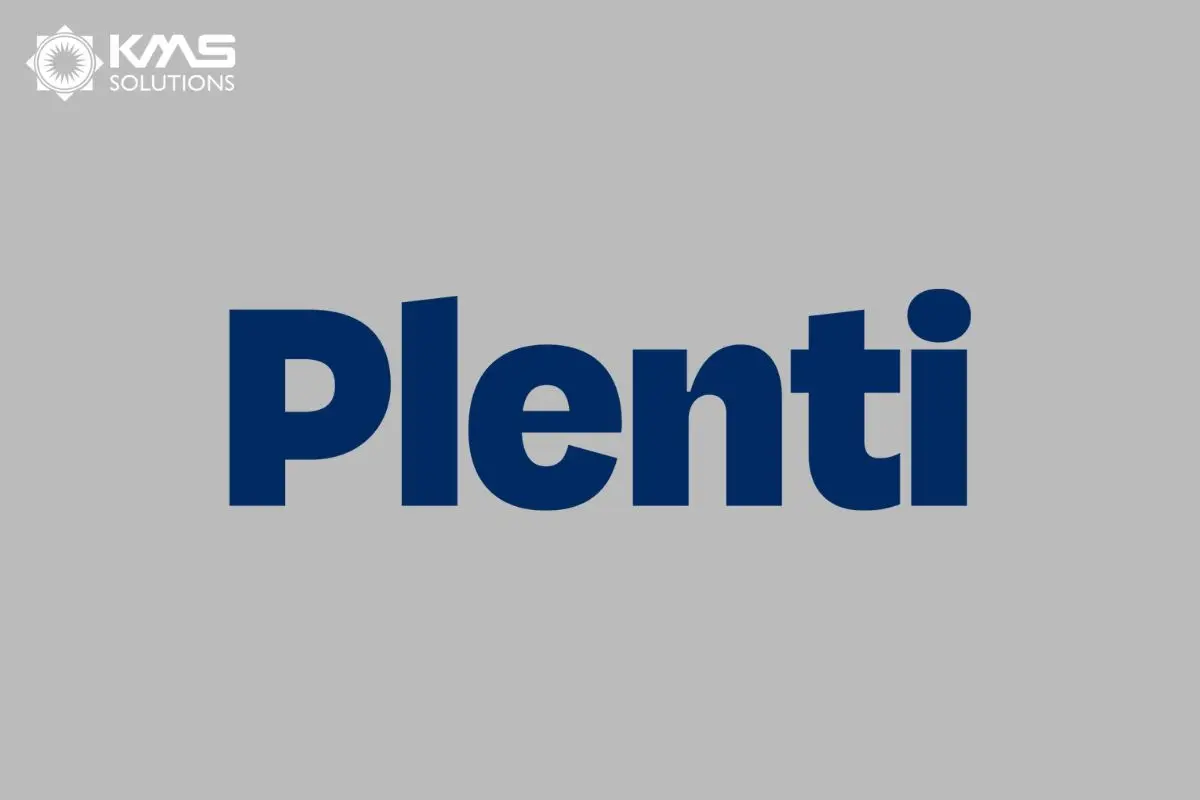
MoneyPlace
Specializing in personal lending, MoneyPlace features:
- Loans up to $80,000
- 3-7 year repayment terms
- No monthly service fees
- Quick online application process
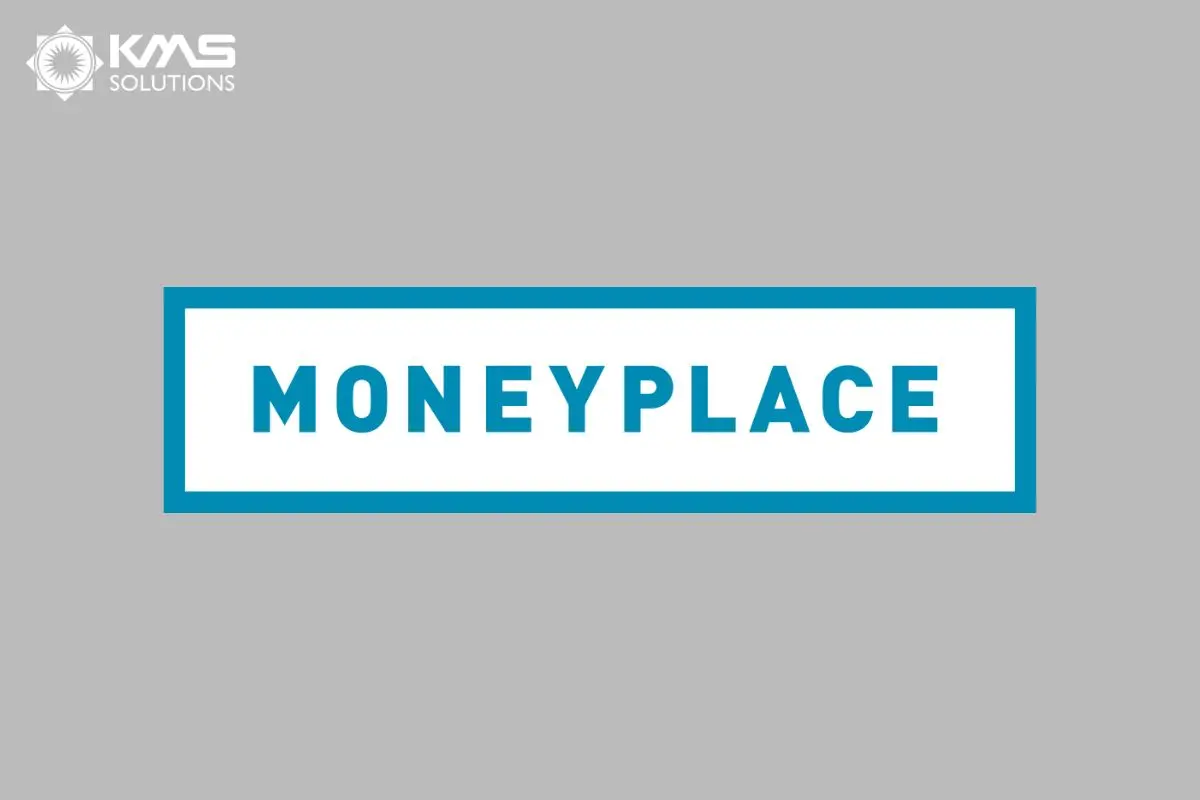
OurMoneyMarket
Known for rewarding good credit scores, OurMoneyMarket offers:
- Competitive fixed rates starting at 5.45% p.a.
- Loans between $2,001 and $75,000
- Flexible repayment options
- Simple online application process
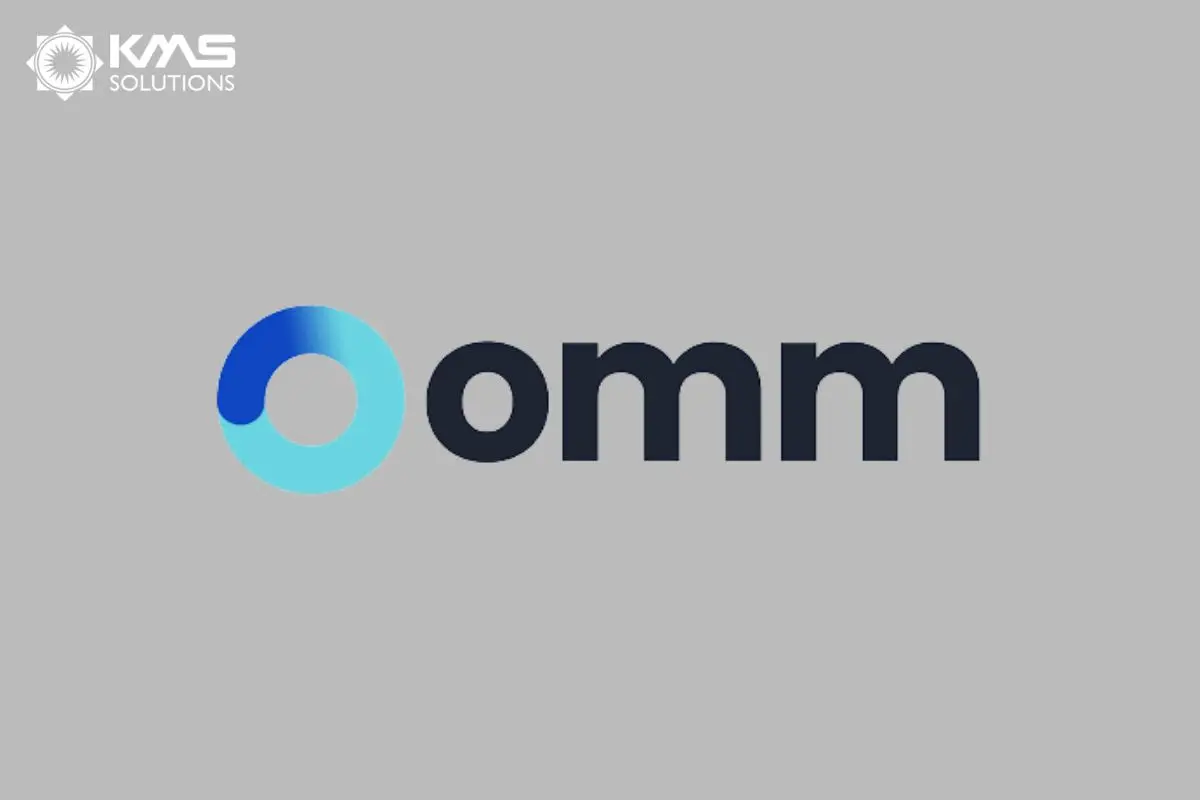
Business-Focused P2P Lenders
Bigstone
Catering to SMEs, Bigstone provides:
- Business loans up to $2 million
- Flexible terms and transparent fee structure
- Online verification process
- Requirements include 2+ years in business
Marketlend
Specializing in business financing, Marketlend features:
- Loans between $100,000 and $10 million
- Unique risk reduction model
- Strong focus on credit quality
- Transparent investment structure
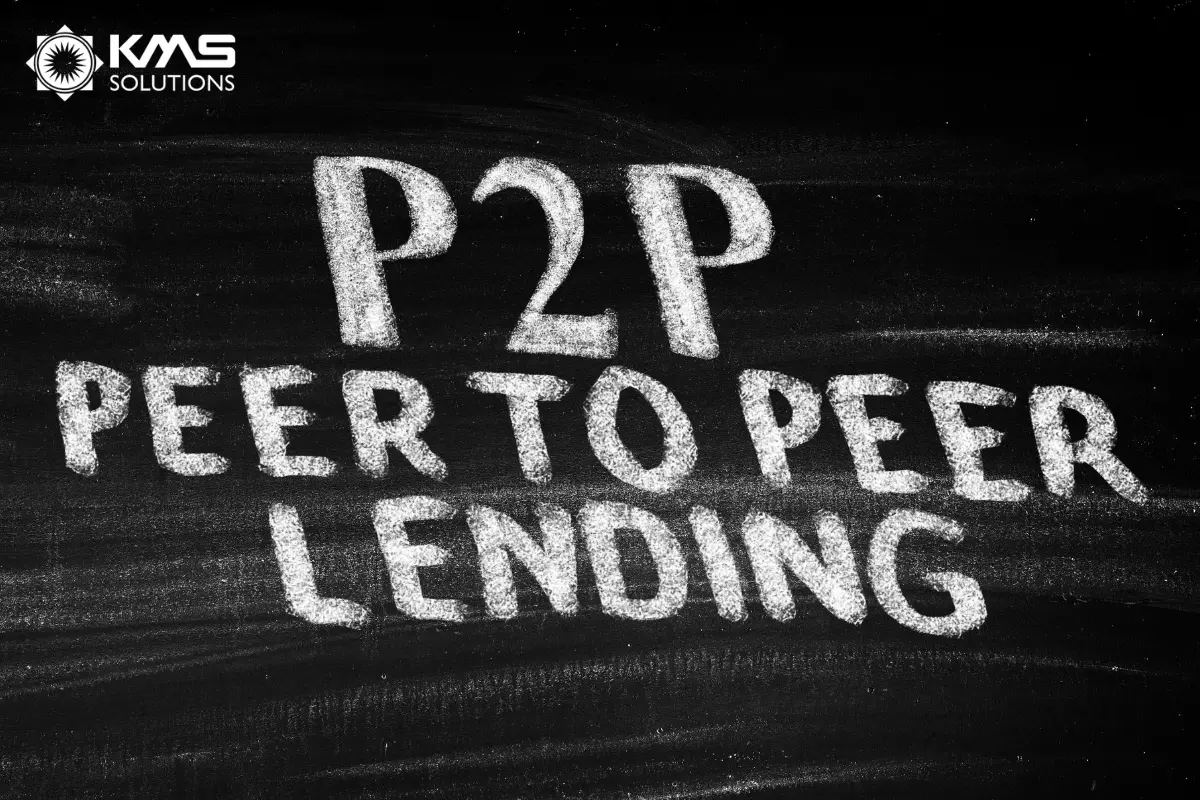
How KMS Solutions Help Financial Institutions Navigate the P2P Lending Challenges
With the advent of digital transformation and fintech innovations, P2P lending platforms have become more accessible, efficient, and secure, making them an attractive option for both borrowers and lenders. However, like any financial service, P2P lending comes with its own set of risks and challenges that must be carefully managed. By staying informed and choosing the right partners, such as KMS Solutions, businesses can harness the full potential of peer-to-peer lending and thrive in the digital era. So, how does KMS Solutions help businesses in P2P Lending?
Streamlined Loan Application Process
KMS Solutions’ digital lending platform enables customers to submit loan applications quickly and easily via digital devices. By eliminating traditional paperwork and automating workflows, this solution significantly enhances operational efficiency, saving time and boosting productivity, which in turn supports business growth and scalability.
Scalability for Greater Efficiency
The platform’s automated, paperless workflows allow financial institutions to process larger volumes of loan applications while minimizing the complexity of having multiple systems in place. This scalability ensures that banks and credit unions can handle an increasing number of loan requests without compromising quality or speed.
Accurate, AI-Driven Loan Evaluation
Leveraging artificial intelligence (AI) and machine learning (ML), the KMS platform ensures error-free evaluations, bringing consistency to the credit approval process. This not only reduces the risk of human error but also enhances portfolio management, leading to more informed and reliable lending decisions.
Regulatory Compliance Made Easy
The platform is designed to ensure compliance with industry regulations by providing auditable, repeatable, and predictable processes. This compliance-driven approach helps banks and credit unions stay in line with business lending regulations while maintaining transparency and accountability.
By partnering with KMS Solutions, financial institutions can streamline their peer-to-peer lending operations and offer better customer experiences, all while scaling efficiently and maintaining regulatory compliance.




